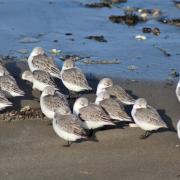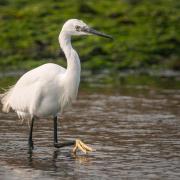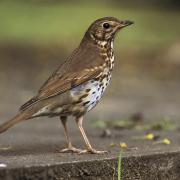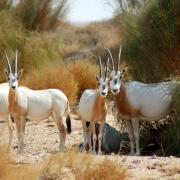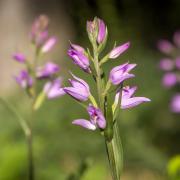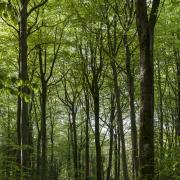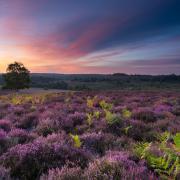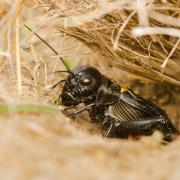Missing out on the country know-how? If you want to know the who, what, when, where and why of Hampshire's countryside and wildlife, then ask The WildLine Team. Sophy Robinson did...
There was some excitement in The WildLine Team's office when the photograph of a strange bird was sent in - could it be an unusual species of duck visiting the UK? The WildLine Team and their colleagues at Hampshire & Isle of Wight Wildlife Trust like a challenge and enjoy having their expertise put to the test. The bird had been spotted by the photographer wile out on a walk in a local park, but the experts concluded that it was a mallard hybrid bred in captivity that had escaped.
WildLine is one of the services provided by the Trust and provides an important communications link between Trust members, the wider public and the team that both collect data about different species, and inform people about wildlife in Hampshire and on the Isle of Wight.
Anyone can make contact by telephone, letter or e-mail with questions about animals, birds, insects or plants. And every month the team focus on a topical issue, answering a question that tends to get raised at that time of the year. This month the topic is garden beetles. Previous ones included what to do if you find a baby bird on the ground, how to encourage frogs in your garden pond and how to make a nest box for garden birds.
The Trust also relies on people contacting them with information about the appearance or activity of a wide range of species. Basically, all data is welcome because the Trust can log it into their computers which have an electronic mapping system (dots on a map) recording wildlife activity. Working in partnership with Hampshire County Council's Biodiversity Information Centre, databases are being constructed which allow the experts to create inventories of species, communities and habitats, identify important conservation issues and monitor threats to and changes in biodiversity; including the impact of climate change
So, your data can contribute to the local conservation programmes. If you see any mammals, reptiles or amphibians in your garden, or when you are out and about, let the WildLine team know. Whether it is a fox, badger, hedgehog, grass snake, adder, newt, frog or a toad - even a common old grey squirrel or a rabbit - it is all useful background information letting the team know what is happening in the county's wildlife environments. Natalie Rogers, who runs the service supported by part-time volunteers, can be contacted by email: natalier@hwt.org.uk or complete a recording form from the website and post it to the Trust.
Question of the Month: What is this beetle in my garden?
This is a European Stag Beetle which can be found in southern and central Europe, along with the south and south eastern areas of Britain. Stag beetles typically live in woodland areas, particularly in tree stumps and logs. Garden sightings of the beetles are becoming increasingly common due to the loss of natural woodland habitat. Adult stag beetles only live between the months of May and August, and they are Britain's largest insect. They can be identified by the dark, violet/brown colour, and their large mouthparts.





